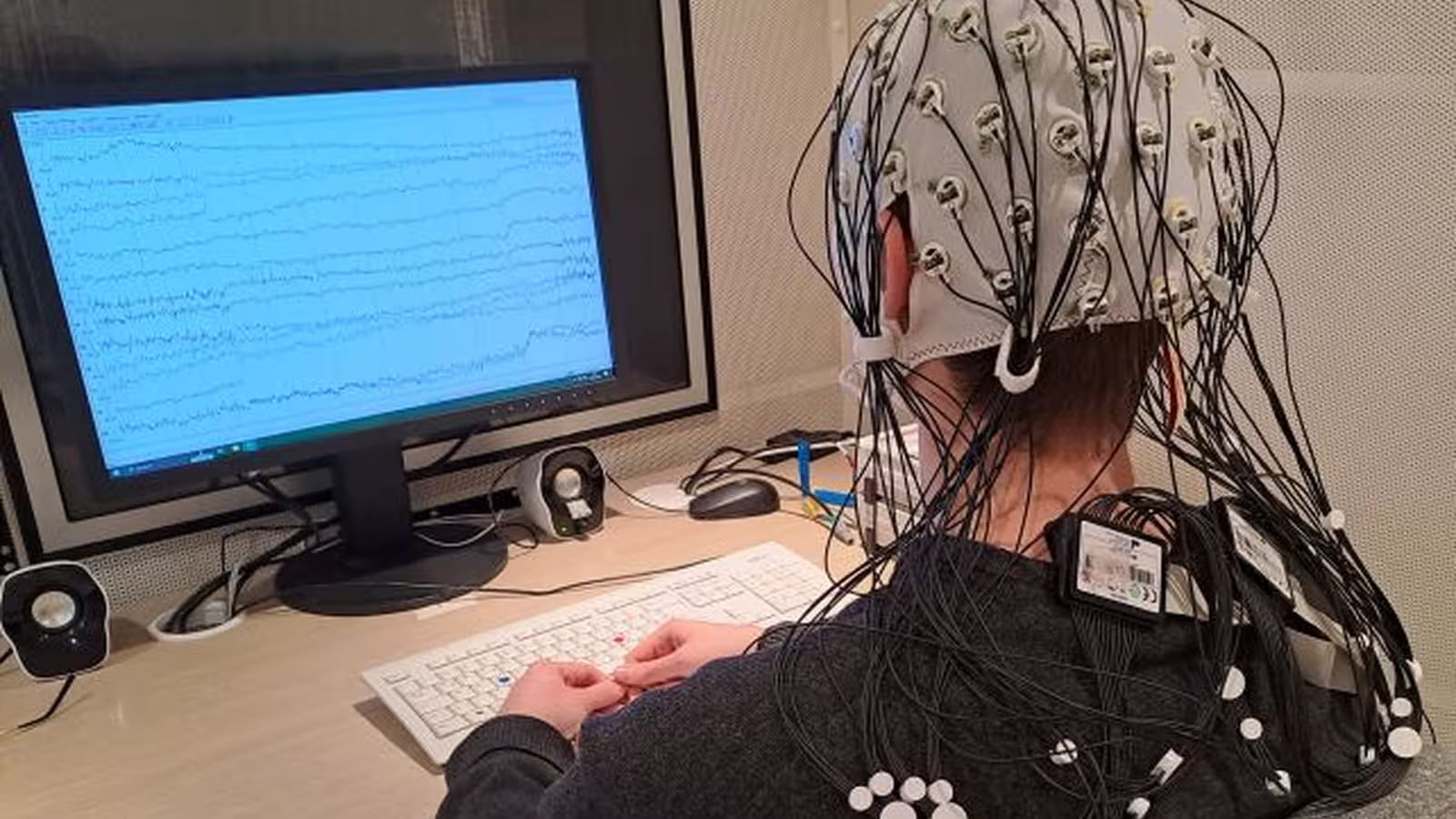4 Minutes
The Hidden Rhythm of the Brain: Unlocking Cognitive Ability
Recent neuroscientific research has uncovered a fascinating link between brain wave synchronization and intelligence. Scientists have found that individuals with higher cognitive abilities exhibit superior coordination between specific brain regions, especially when working through complex tasks. This internal harmony revolves around what experts call "theta connectivity," a rhythmic oscillation in the brain’s electrical activity.
Understanding Theta Connectivity and Its Role in the Brain
Theta waves are slow-frequency electrical impulses, typically occurring in the range of 4 to 8 Hertz. These waves are essential for memory, learning, and adaptive thinking—core components of cognitive performance. The phenomenon of “theta connectivity” refers to the synchronized firing of neurons across different parts of the brain, particularly in the midfrontal region, as they work together to meet mental challenges. According to psychologist Anna-Lena Schubert from Johannes Gutenberg University Mainz in Germany, this synchrony is more pronounced in individuals with sharper reasoning skills, particularly during periods of intense mental effort.
Research in the field of cognitive neuroscience increasingly suggests that theta connectivity not only underpins high-level thinking but could also serve as a promising indicator of cognitive health. As such, scientists are exploring whether these brainwave patterns could eventually become diagnostic tools to assess intelligence or detect cognitive disorders early on.
Inside the Experiment: Measuring Brain Synchronization Under Stress
To explore theta connectivity’s relationship with intelligence, Schubert and her team conducted a comprehensive study involving 148 volunteers, aged 18 to 60. Each participant first completed standardized tests designed to evaluate memory capacity and general intelligence. Next, researchers used non-invasive electroencephalography (EEG) caps to monitor brain activity while participants engaged in a series of mentally demanding tasks.
The tasks were structured to induce rapid shifts in cognitive strategy and included:
- Judging whether presented numbers between one and nine were higher or lower than five, or classifying numbers as odd or even.
- Analyzing Navon figures—complex shapes formed from smaller geometric elements—and identifying either the larger overall shape or its constituent parts.
- Distinguishing paired numbers and letters, determining numerical size, or classifying the letter as a vowel or consonant.
While none of these tasks were difficult in isolation, they required participants to switch between different rules quickly—a process that places significant demand on adaptive thinking and cognitive control.
Key Findings: Brain Coordination, Adaptability, and Intelligence
Analysis of the EEG data revealed a compelling pattern: participants with higher intelligence and memory scores showed notably stronger theta connectivity in their midfrontal brain regions while performing the flexible tasks. This enhanced brain synchrony enabled them to maintain focus and quickly adapt to new instructions, filtering out distractions—whether it was the buzz of a phone or a noisy environment.
Anna-Lena Schubert remarked, "Those with robust midfrontal theta connectivity excel at maintaining concentration despite interruptions. We did not anticipate the relationship between brain synchrony and cognitive ability to be this distinct."
Interestingly, the study determined that the most critical aspect of cognitive performance was not simply the ability to sustain attention, but the capacity to rapidly switch strategies and adjust behavior in dynamic settings. The coordination observed during response-related processes—when participants acted on their decisions, rather than just preparing for the task—was especially tied to higher cognitive scores.
As stated by the research team: "Theta connectivity during active responses, rather than during initial task-switching cues, was found to correlate with cognitive abilities. These results significantly refine our understanding of intelligence by highlighting the importance of specific neural mechanisms behind cognitive control."
Implications for Neuroscience and Future Technologies
These findings deepen our understanding of how the brain’s internal rhythms contribute to intelligence, suggesting theta wave coordination could one day underpin new diagnostic techniques or brain-based training tools. However, as Schubert notes, practical applications such as cognitive enhancement technologies or medical assessments based on these brainwaves remain on the horizon. For now, this research lays essential groundwork for decoding how neural synchronization shapes human intellect and adaptability.
Conclusion
In summary, advances in brainwave research are illuminating the inner workings of intelligence, showing that our mental capacity is closely intertwined with the brain’s natural rhythms. By revealing the role of midfrontal theta connectivity, this study provides a new lens to view cognitive control, offering promising directions for neuroscience research and potential innovations in cognitive assessment and enhancement.
Source: doi



Comments